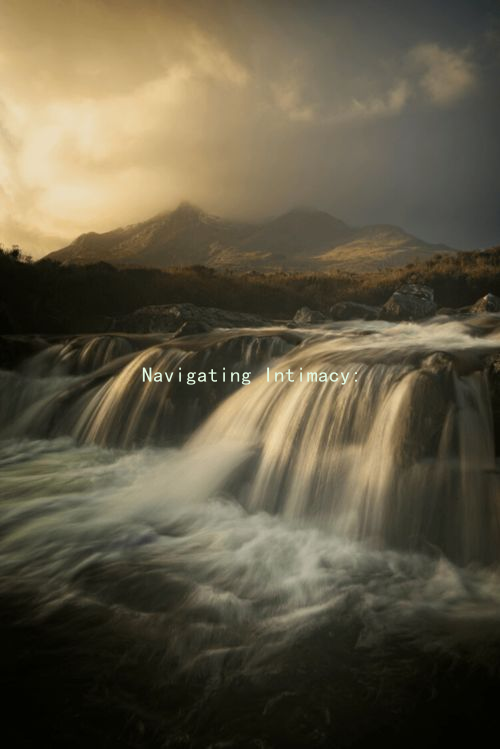Navigating Love: Bridging the Gap Between Emotions and Feelings in Romantic Relationships
Navigating Love: Bridging the Gap Between Emotions and Feelings in Romantic Relationships
In the intricate world of romantic relationships, understanding the distinction between emotions and feelings is crucial for fostering deeper connections. While the two are often used interchangeably in casual conversation, they possess distinct characteristics that can significantly impact how we navigate love. This article aims to unravel these concepts and provide practical techniques for better communication and connection in romantic settings.
Emotions are typically described as immediate, instinctual responses to stimuli. They are visceral and can range from joy and excitement to anger and sadness. When we encounter something that resonates with us—be it a beautiful sunset or a heart-wrenching break-up—our emotions spring forth. They are often spontaneous and can vary in intensity; they offer a snapshot of our immediate state but do not necessarily convey the complexities of our inner selves.
Feelings, on the other hand, are the interpretations we assign to our emotions; they are shaped by our experiences, thoughts, and reflections. While emotions might cause a rush of adrenaline, feelings allow us to analyze and articulate those sensations over time. For instance, one might feel happiness from an emotional experience but later realize that it stems from a deep-rooted need for companionship. This nuanced understanding is critical in romantic relationships, where clarity in one’s emotional landscape can foster empathy and connection.
To effectively bridge the gap between emotions and feelings, here are some actionable techniques:
1. Self-Reflection: Take time to identify your emotions in various situations. Journaling can be a helpful tool to express how you felt during specific interactions, allowing you to distill those experiences into more profound feelings. This practice not only aids in self-awareness but also equips you with the vocabulary to communicate your emotional state to your partner.

2. Open Communication: Create an environment where both partners feel safe to express their emotions and feelings. Using I statements can help convey your emotional experiences without placing blame. For example, instead of saying, You make me angry, try, I felt frustrated when that happened. This approach encourages dialogue rather than defensiveness.
3. Active Listening: Pay attention to your partners emotional expressions. Confirming their feelings by paraphrasing what they’ve shared can foster deeper understanding. For example, responding with, It sounds like you felt neglected when I forgot our plans, shows empathy and validation of their feelings, enhancing emotional intimacy.
4. Practice Empathy: Put effort into understanding your partner’s perspective. Ask questions and seek to appreciate their emotional responses and feelings. This helps build a supportive environment where both partners can express themselves openly without fear of judgment.
5. Shared Experiences: Engage in activities that allow both partners to experience a range of emotions together—be it traveling, attending events, or working on projects. Shared experiences can create lasting memories and strengthen bonds, enabling you both to relate to and understand each other’s emotional responses in those contexts.
6. Follow-Up Conversations: After emotional moments, revisit the experiences with your partner. Discuss how each of you felt and what those feelings mean. This ongoing dialogue can reinforce understanding and encourage growth in your relationship.
By bridging the gap between emotions and feelings, couples can cultivate a more profound connection, fostering patience, empathy, and collaboration in their relationship. In the journey of love, recognizing the interplay between our immediate emotional responses and the more complex feelings they evoke can lead to a richer, more fulfilling partnership. This understanding not only enhances communication but also paves the way for lasting intimacy and mutual support. Remember, in love, it’s not just about what we feel, but how we understand and express those feelings that truly matters.





